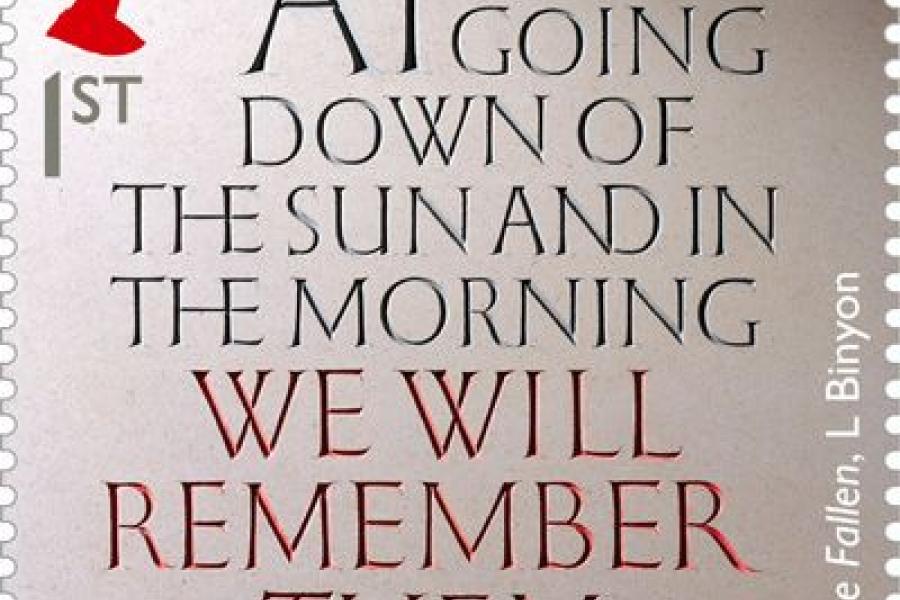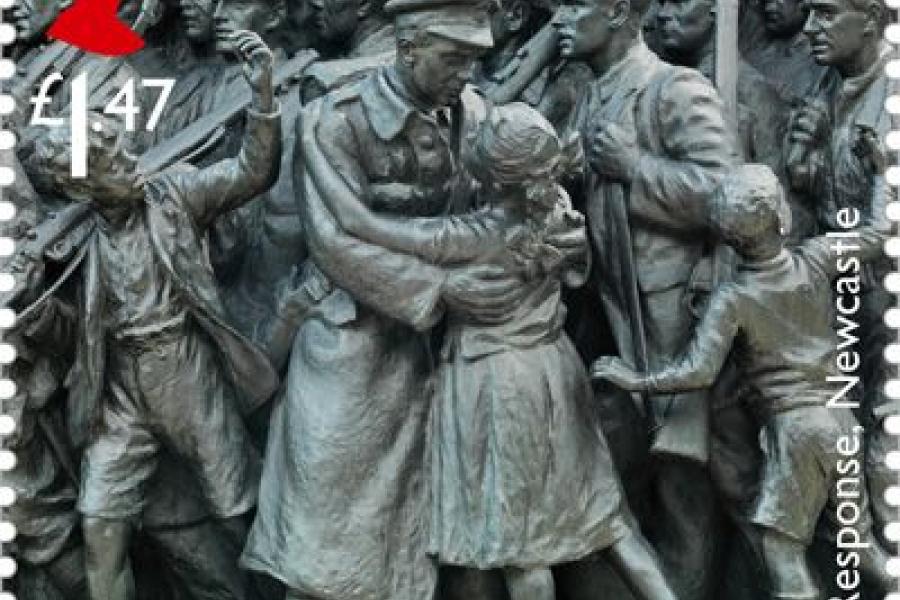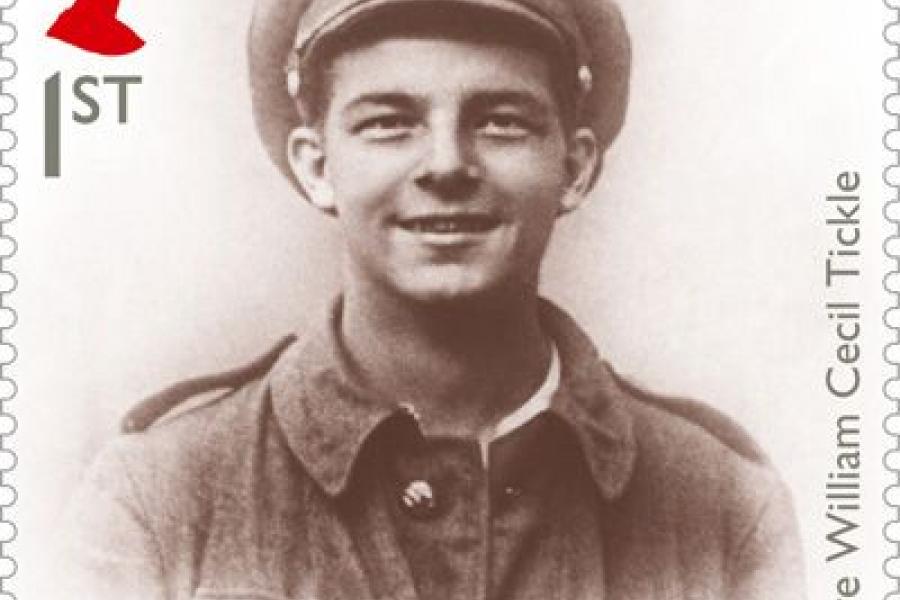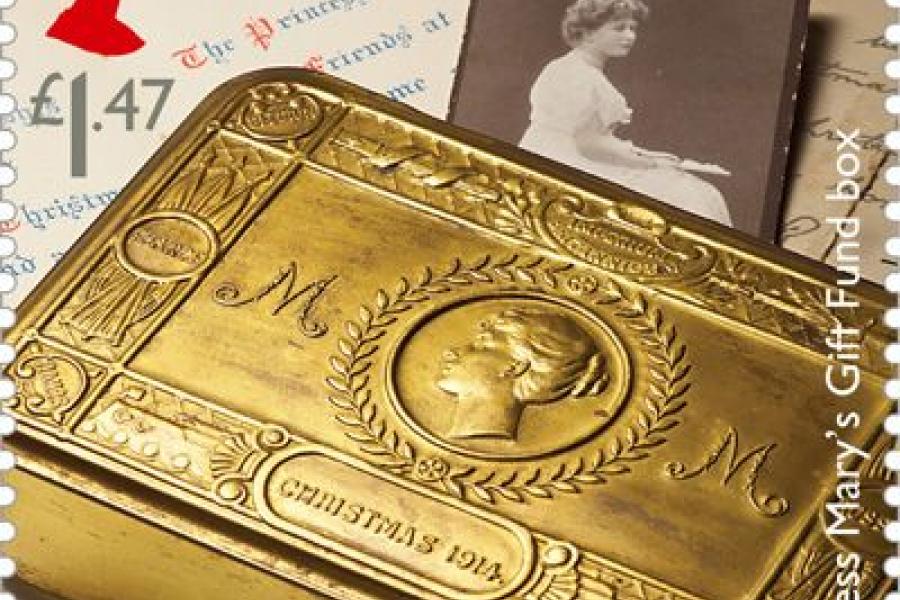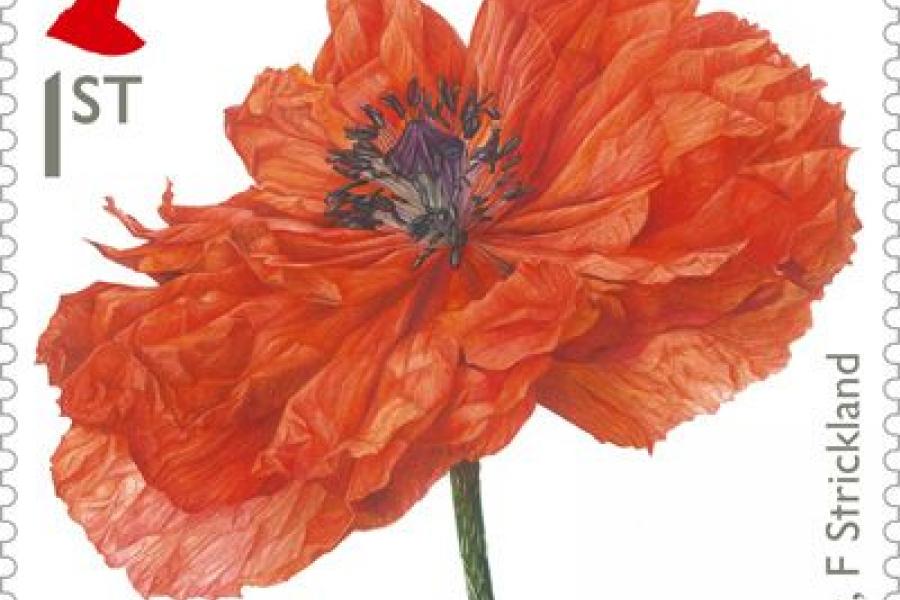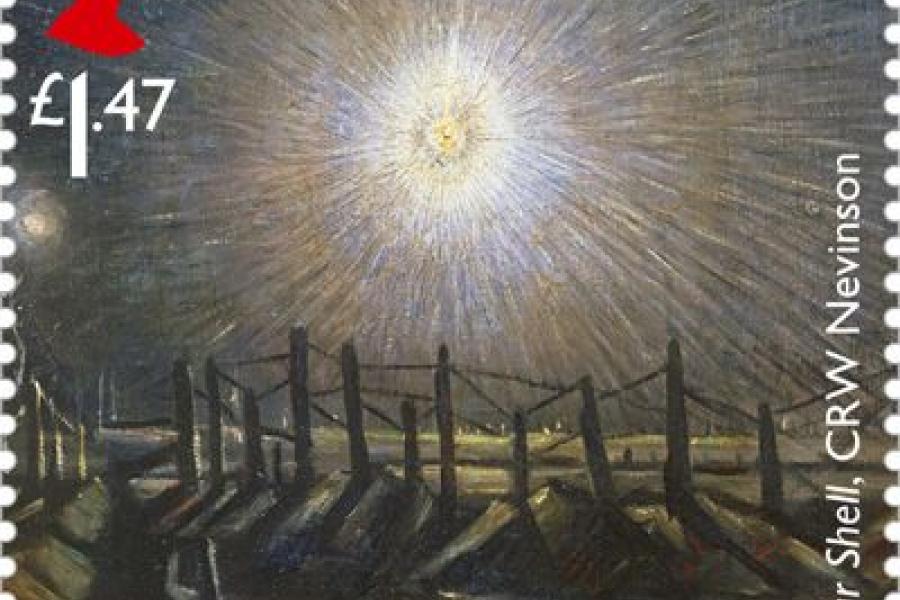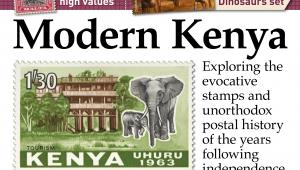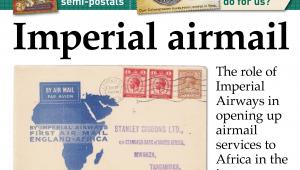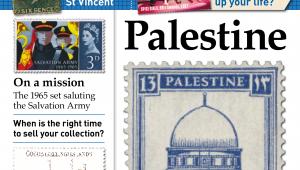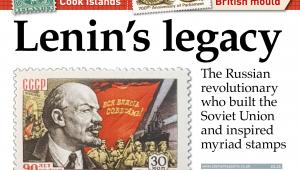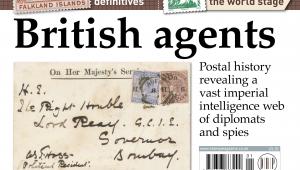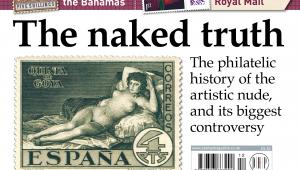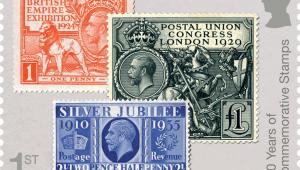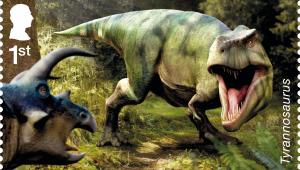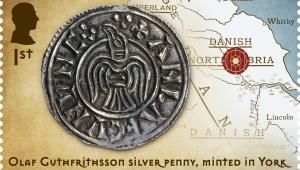Recalling the Great War with art and humanity

Royal Mail starts a five-part annual series commemorating the 100th anniversary of the First World War on July 28, with a set of six stamps linked to the first year of the conflict, 1914. Further appropriate issues will follow in 2015-18 inclusive.
If the set looks incoherent at first glance, Royal Mail has made it clear there is a carefully planned rationale behind it. Each year’s issue will have the same six thematic strands: poppies, poetry, portraits, war art, memorials and artefacts. Several of the stamps will include artwork specifically commissioned for the issues.
Designed by Hat-Trick, the stamps were printed in lithography by International Security Printers.
VERDICT
COMMEMORATIVE WORTH
The 100th anniversary requires sensitive commemoration, and this is an appropriate approach
QUALITY OF DESIGN 
There is specially commissioned artwork within a set that aims to cover many aspects of the war
WOW FACTOR 
The designs are moving if you understand what they represent, but may go over the heads of casual observers
Detested by farmers in Flanders as a stubborn weed, the poppy’s tendency to spring up on disturbed earth made it a common sight on shell-torn battlefields, and it quickly became symbolic of the war. Its deep red colour seemed to evoke the blood of soldiers, while its delicate petals hinted at the fragility of life. This specially commissioned painting is by botanical artist Fiona Strickland.
1st class FOR THE FALLEN, LAURENCE BINYON
A senior curator at the British Museum, an authority on East Asian art and a published poet, Laurence Binyon was too old to enlist at the outbreak of war, but he made an impact with his words. On September 21, 1914, after the British Expeditionary Force had suffered heavy casualties at the Battle of Mons, The Times newspaper printed his seven-stanza poem For The Fallen. A century later it is still heard across the world in Remembrance Day services, and the stamp shows the second half of the fourth stanza carved by stonemason Gary Breeze.
1st class PRIVATE WILLIAM CECIL TICKLE
Private William Cecil Tickle is portrayed as a typical soldier who enlisted during the height of the recruiting rush in September 1914. Despite being under-age, he managed to join the 9th Battalion, Essex Regiment, which was deployed to France. He was killed by machine-gun fire on the third day of the Battle of the Somme in July 1916, and has no known grave. However, his name was placed on the Thiepval Memorial to the Missing.
£1.47 A STAR SHELL, C R W NEVINSON
After serving in France and Flanders in the Royal Army Medical Corps but being invalided out of the army, Christopher Nevinson secured a commission as an official war artist, painting in a futurist style. In A Star Shell, he depicted the unearthly light of an illuminating artillery flare revealing an alien landscape of broken ground and barbed wire.
£1.47 THE RESPONSE, NEWCASTLE
The Response (also known as the Renwick Memorial) is a granite monument with a bronze frieze by William Goscombe John, depicting the volunteers of the Northumberland Fusiliers marching resolutely to the station on their way to France, heralded by the figure of Victory. Field Marshal Lord Kitchener’s call to arms in September 1914 met with an overwhelming response, recruiting two and half million volunteers by the end of 1915.
£1.47 PRINCESS MARY’S GIFT FUND BOX
At Christmas in 1914, 426,724 gifts were distributed to British personnel on active service overseas, thanks to a public appeal led by Princess Mary, the daughter of King George V. Launched on October 15, her Christmas Gift Fund aimed to ‘send a Christmas present from the whole nation to every sailor afloat and every soldier at the front’, and raised more than £162,000. Each gift comprised a Christmas card, writing materials, tobacco and a photograph of the Princess, all of which were enclosed in an embossed brass box.
OTHER PRODUCTS
The presentation pack charts the course of events from June to December 1914, and is was written by Ian Kikuchi, a leading member of the team creating the new World War I galleries at the Imperial War Museum in London.
Besides the usual stamp cards and first day cover, there is also a prestige stamp book accompanying this issue (see page 27), which includes the sheet stamps, se-tenant and printed by Enschedé rather than ISP.
PRICES
Set of 6 stamps £6.27
Presentation pack £6.80
Stamp cards £2.70
First day cover £8.00
Prestige stamp book £11.30
TOTAL £39.24
